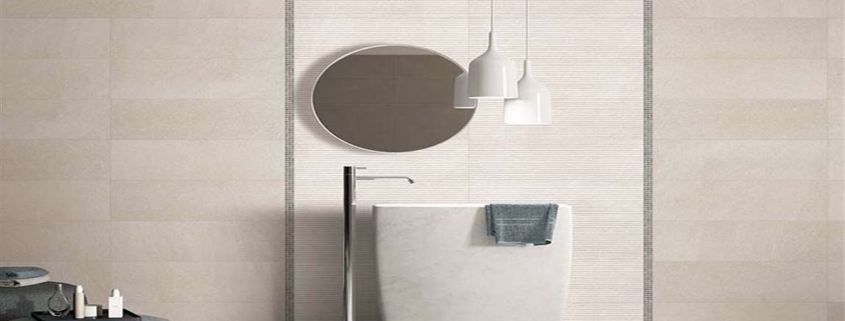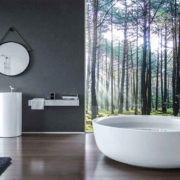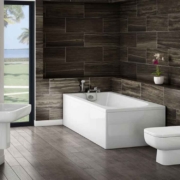Choosing a Size and Location
Decide on a general placement for your mirror. Knowing where you want your mirror is the first step. This will help you take the correct measurements of your space and accurately consider aesthetic questions before going into the store. Most bathroom mirrors are placed above the sink. It’s not a requirement, although hanging your mirror elsewhere, such as to the side or behind your vanity and sink, might take some getting used to.
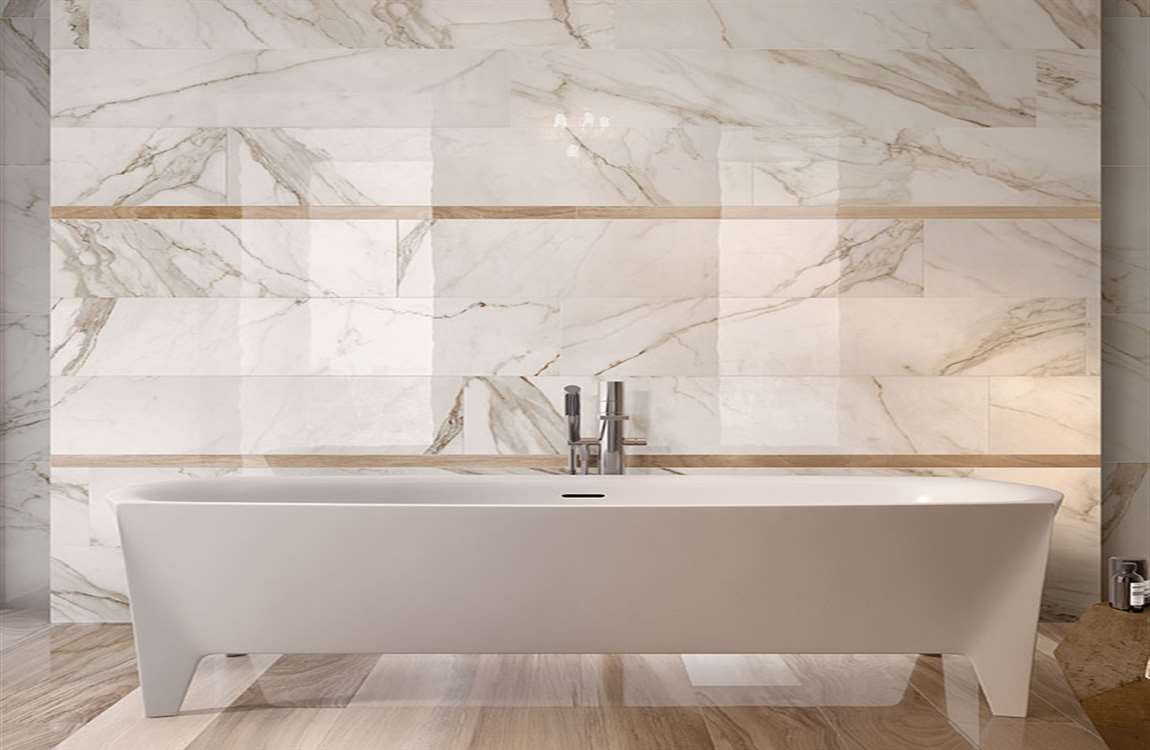
First, measure the space you have for a mirror so you can choose one that will fit. Decide what style and shape you want — round, rectangular, oblong, etc. That will narrow down your search. You also want to be sure it is a mirror that can be mounted on a wall.
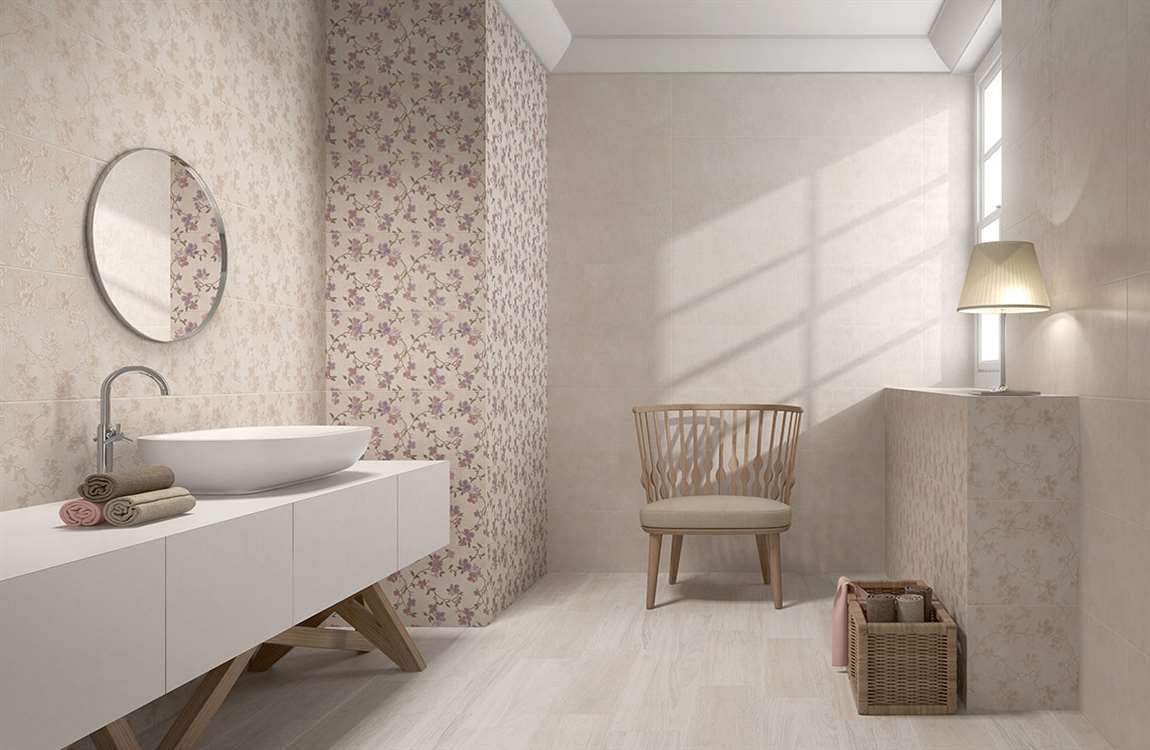 will determine the width of your mirror. Your mirror can be as wide as your vanity or smaller, but is usually not larger than your vanity. A typical rule of thumb is to keep your mirror at least 1 inch (2.5 cm) smaller on both sides than the width of the vanity.
will determine the width of your mirror. Your mirror can be as wide as your vanity or smaller, but is usually not larger than your vanity. A typical rule of thumb is to keep your mirror at least 1 inch (2.5 cm) smaller on both sides than the width of the vanity.
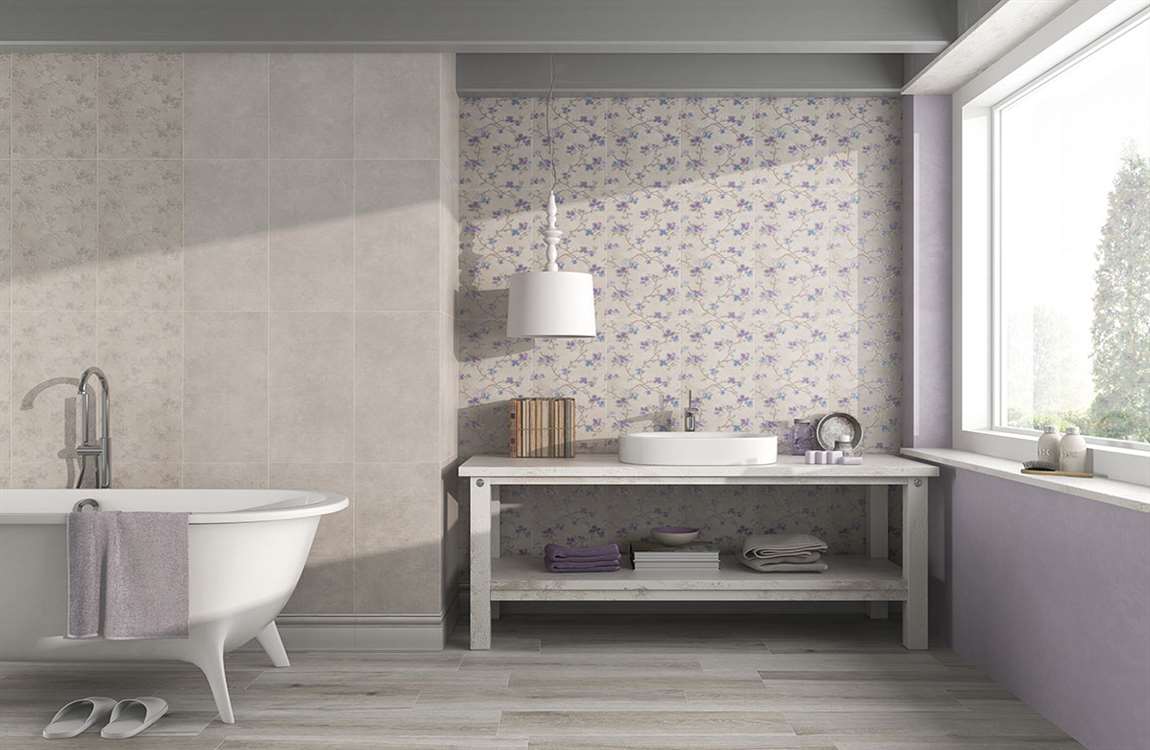
If you have or are planning to install lights alongside the mirror, factor their width into your measurements. If you are installing a round mirror, you don’t need to worry as much about matching the width of your vanity. If you have 2 sinks, consider installing a mirror above each sink instead of just 1 big mirror above both sinks. This will give the space a more designer look.

Measure the area above the vanity or sink. This will help to determine the desired height of your mirror. Bathroom mirrors are typically placed at least 4-6 inches (10-15cm) from the ceiling and are not usually taller than the vanity.

